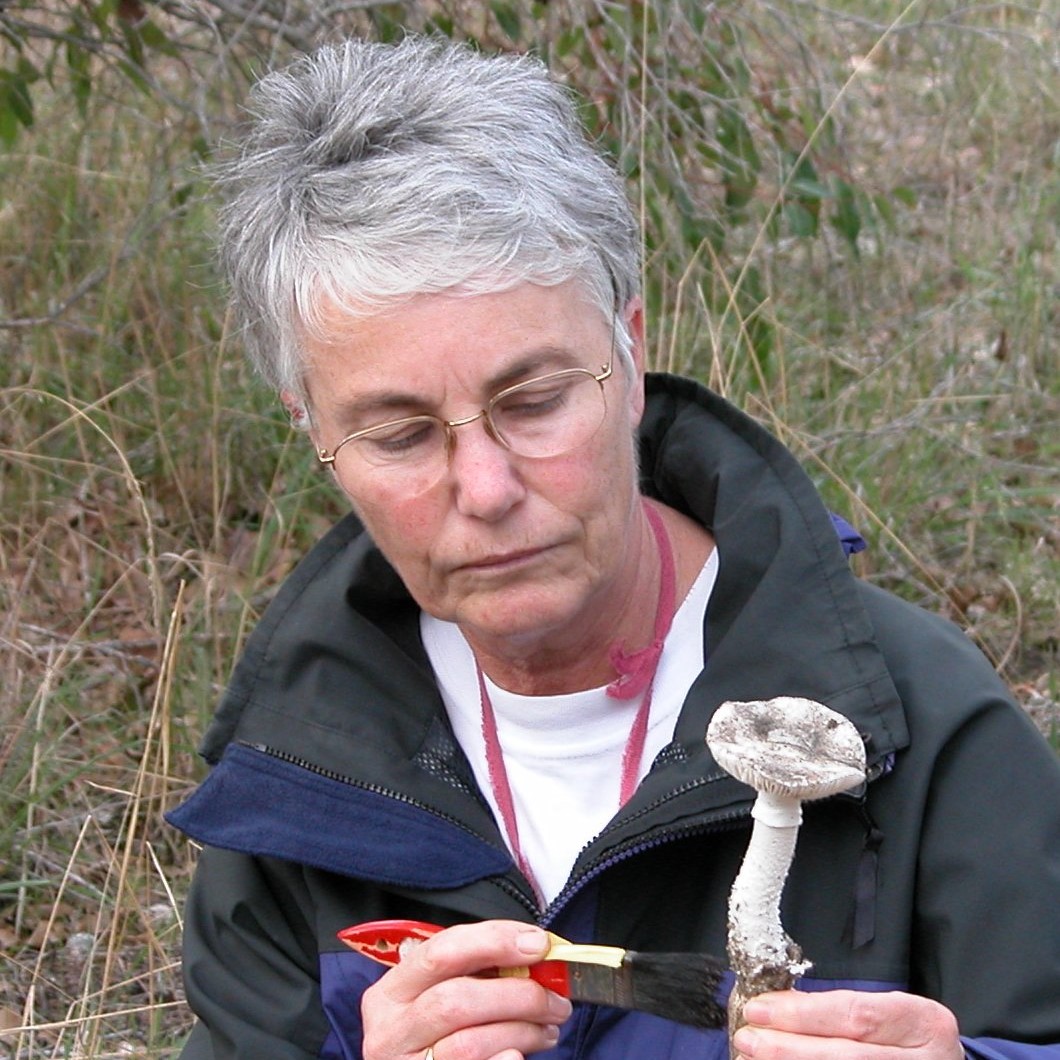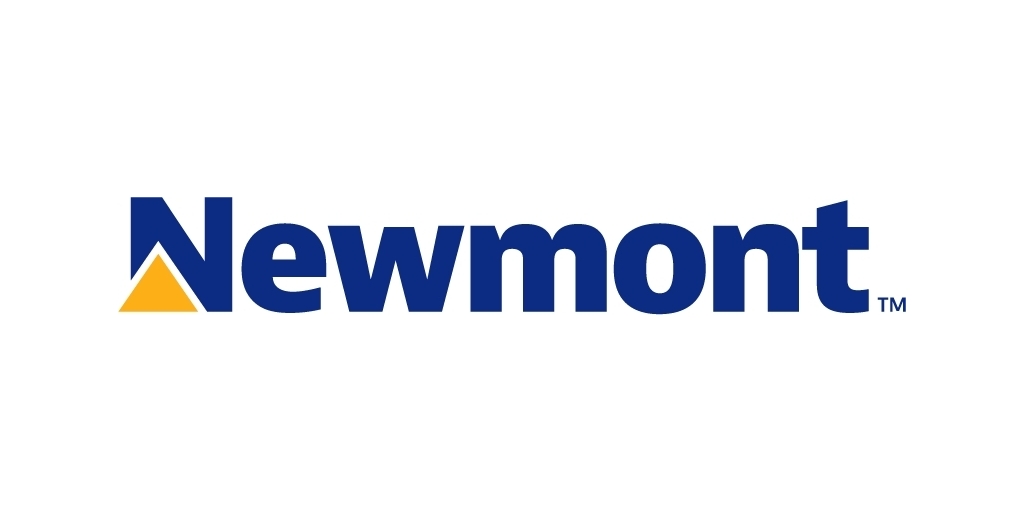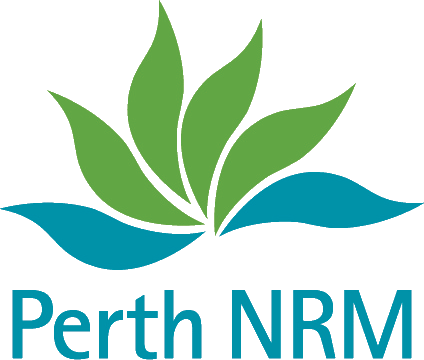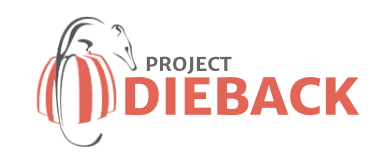

Elaine Davison
Dieback Working Group BRM Sub-committee | Curtin University
Presentation Title: Dieback-free basic raw materials (BRM)
Meet the Presenter:
In 1979 Elaine was appointed to a position as mycologist/plant pathologist in the WA public service. Since then she has worked as a researcher with Phytophthora and related soilborne and fungal pathogens in native vegetation and in horticulture.
Elaine’s approach in native ecosystems has been as a generalist, considering all aspects of the health of plants, from seedlings to mature trees. This allows predictions of potentially difficult sites for tree growth and survival, and is essential for formulating options for control and management. Her aim has been to work herself out of a job.
Since retirement, Elaine has continued to work on pathogens in native ecosystems as an adjunct member of staff at Curtin University. She has also been learning to be a fungal taxonomist.
Elaine is a Research Associate of the WA Herbarium, and a past president of the Australasian Plant Pathology Society. She also chairs the Basic Raw Material sub-committee of the Dieback Working Group. Elaine expresses continual amazement at her good fortune to have worked in a region with such wonderful plants.

Abstract:
Basic raw materials (BRM) are materials such as gravel, sand, limestone and hard rock that are usually used in their unprocessed state, for example, in road construction and as fill. Their use poses a significant risk of spreading Phytophthora Dieback (dieback) if they are sourced from infested pits.
Contracts for the supply of BRM may specify that it is dieback-free. However, the supply of dieback-free BRM is limited; it is a valuable resource which needs to be used with care. BRM is only recognised by DBCA as being dieback-free if it is sourced from an area of native vegetation assessed as being uninfested by a registered Phytophthora Dieback Interpreter, and the pit has been hygienically managed to maintain its uninfested status.
How can this be done? The BRM sub-committee of the DWG is developing best practice guidelines for the BRM industry which will outline how to minimise the risk of infestation at all stages of the exploitation of this important resource. The presentation will also discuss the dieback status of BRM sourced from farmland sites.




This event was supported by funding from the Western Australian Government’s State NRM Program, the Department of Biodiversity, Conservation and Attractions, Newmont Boddington Gold, and Perth NRM
This project is supported by funding from the Western Australian Government's State NRM Program


